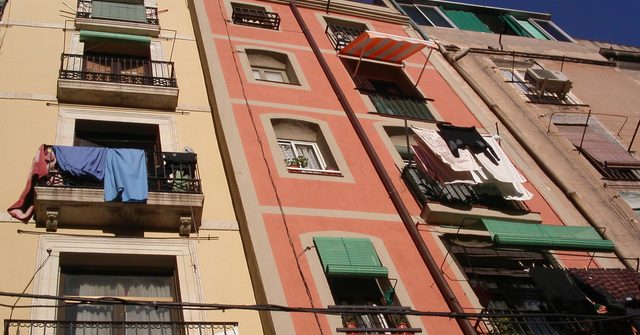Banks are looking to get €7.5 billion in debt with defaults off their balance sheets against the clock. There are 16 portfolios of non-performing loans (NPL) for sale on the market, with collateral and without guarantees, the divestment of which would bring to €15.3 billion the problematic assets placed throughout the year if they are awarded, as they hope, before the end of 2022.
To date, some 23 transactions with a nominal value of €7.8 billion have been closed and those that remain open were launched weeks or even months ago, with the expectation of awarding them or closing the agreement for the transfer mostly during the current month, according to market estimates.
The process of “cleaning up” balance sheets picked up speed at the start of the year, compared to the €5-6 billion transacted in each of the financial years 2020 and 2021 due to the return to normality post-Covid, without reaching, in any case, the intensity expected by market operators.
Not seeing the expected boom
The reason is that delinquency remains contained (it stood at 3.86% in August) against the conviction that it would emerge significantly after the lifting of the moratoriums on corporate and household loans and the default on the payment of corporate financing guaranteed by the ICO, activated to help customers cope with the hardship of the pandemic.
Banking forecasts delay the upturn to the second quarter of 2023 and it is presumed manageable unless the economic recession worsens due to the rise in interest rates that the European Central Bank (ECB) finally applies to curb inflation, which is galloping at 10.7% in the eurozone.
Even so, the market is observing “fresher” portfolios or portfolios with less aged doubtful loans, which in the eyes of the experts consulted could reflect the banks’ interest in getting rid of unproductive exposures sooner, and smaller portfolios or portfolios with more unique assets have been presented.
Among the portfolios for sale are some six unsecured NPL operations (consumer credit) with a total nominal value of around €1.9 billion, where BBVA’s “Operación Neila” stands out. Sareb’s “Gas Project” stands out among half a dozen other secured and unsecured portfolios, and some real estate assets (REO) with a total face value of €5 billion. The bad bank’s offer alone includes real estate loans worth €1.262 billion and with 11,000 residential assets as collateral.
In addition, there are three other portfolios of real estate assets worth 350 million, where Unicaja’s “Proyecto Leónidas” stands out. Its value, which exceeds 200 million, represents 10% of the foreclosed assets on the financial institution’s balance sheet.
The largest transactions
Among the operations closed during the year were Sabadell, with the sale to Hoist of a mortgage portfolio with a nominal value of 300 million in the “Cora Project”, and another 40,000 unsecured loans with a nominal value of 832 million to the Zolva fund; and CaixaBank, which transferred €1.100 billion in consumer and SME loans in the “Ordesa Project” to the EOS fund, Axactor and Kruk; and another 750 million in the “Yellowstone Project” to Cerberus, among other operations.
Unicaja disposed of Liberbank’s impaired loans with a nominal value of 307 million in “Project Vector” to Axactor; and Kutxabank transferred 240 million in mortgages with defaults in “Project Puppy” to the EOS fund and Deutsche Bank. Santander, WiZink, ING and Cetelem have been other institutions to put non-performing assets up for sale, where there are also transactions between investors seeking, in some cases, liquidity for other positions once they have extracted the profitability or a margin with their initial recovery.
Although the sector has not yet seen signs of deterioration, it expects it to occur and the Bank of Spain is not missing an opportunity to ask institutions to be prudent in their provisions and capital strategies. Despite the fact that institutions have disposed of damaged assets with a nominal value of more than €155 billion between 2015 and last year, according to the consultancy firm Axis Corporate, they still carry one of the biggest burdens in Europe.
The face value of NPLs on the balance sheet reached 78.9 billion in Spanish banks in June, 21.26% of the 371.1 billion in Europe as a whole. It is the second largest charge after France (109.7 billion) and far behind Italy (51.8 billion) and Germany (30.3 billion), the next in the ranking.
155.9 billion euros
This is the impaired exposure (non-performing loans and foreclosed assets) that Spanish banks have sold between 2015 and 2021 according to estimates by the consultancy firm Axis Corporate.
The entity that would have disinvested more is Santander, to evict €39 billion; followed by CaixaBank (€24.756 billion) and Sabadell (€24.606 billion). The ranking of investors is headed by the Blackstone fund (€32.440 billion), together with Cerberus (€26.813 billion) and Lone Star Funds (€17.070 billion).
Original Story: El Economista |Eva Contreras Photo: Big Stock Photo
Translation and edition: Prime Yield














